In November one of the most vital members of the operational fleet at the Crich Tramway Village went on a road trip with Berlin 223 006-4 travelling to Manchester Metrolink’s Queens Road Depot for some attention.
It was 25th November that the familiar sight of a Scotts low loader arrived at Crich and the museum’s access tram was soon loaded onto the lorry in readiness for its trip. 223 006-4 was loaded on the main museum street but considering that Crich had closed for the winter by this time it didn’t cause any disruption. Arriving in Manchester the tram was swiftly unloaded and was soon moved inside the workshops but not before it was spotted in the open – confusing many of those who saw it wondering why Metrolink seemed to have gained a small cream single deck tram!
With 223 006-4 in use on an almost daily basis (albeit only for a couple of journeys a day) throughout the operating season it was planned that the tram would receive some much needed maintenance this winter. One of the jobs which needed attention was to the wheels which had developed a number of “micro flats”. Traditional methods of correction would entail lifting the body of the tram from its truck and the removal of the axles – a time consuming and costly task at a time when other trams also require attention in the workshops at Crich. However modern tram systems use an underfloor wheel lathe to turn wheels in situ and to help keep the Berlin car on the rails an approach was made to Metrolink RATP Dev to see if they could assist.
They agreed that the tram could head to Queen’s Road Depot where the work would be undertaken using the underfloor wheel lathe situated there. This is another example of the often behind the scenes relationships which exists between various tram and light rail organisations in the UK and which are not just confined to those between heritage groups.
Berlin 223 006-4 spent just two weeks out of Derbyshire for the work to take place and by mid-December was back in situ at Crich.

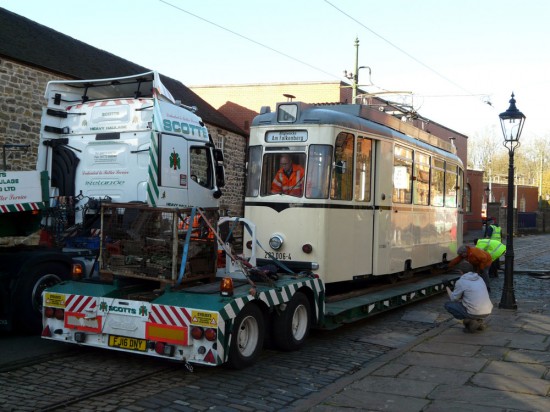
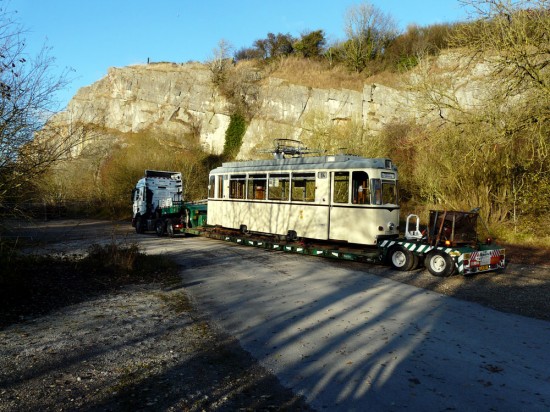
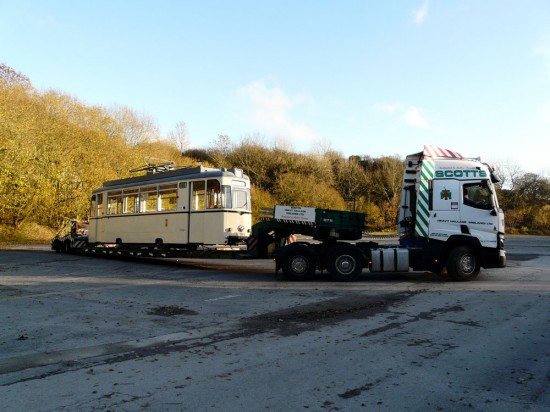
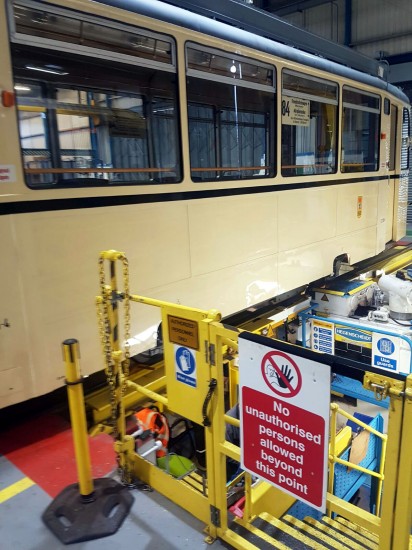
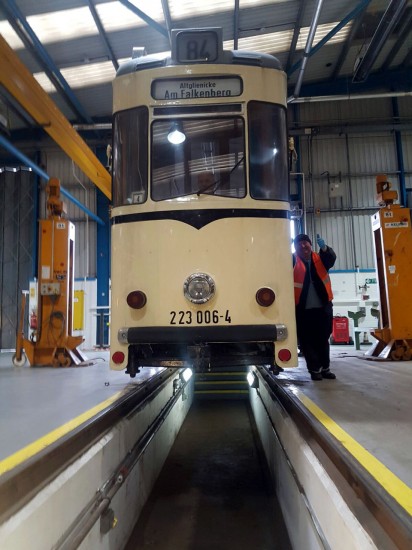
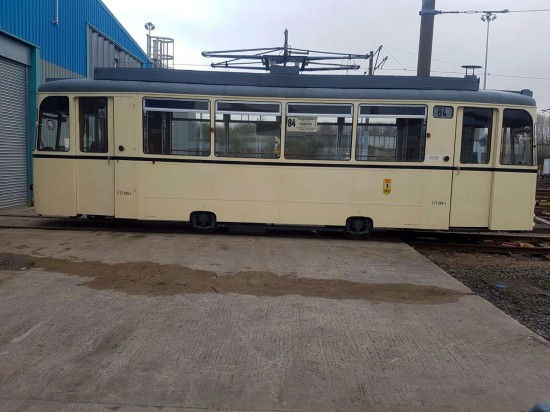
It’s old tram no is 3006. Wouldn’t there be 2 3006s on the Metrolink?
Just wondering!
Yes but I don’t think there was much risk of Metrolink inadvertantly turning the wrong one out (unfortunately)! Good to see this sort of co-operation between the heritage and modern tramways.
It was good to read the news about the Berlin tram’s visit to Manchester
Fantastic though this is I can’t help but wonder why Metrolink and not Blackpool – it could have had a test run then!
But great to see – of course Metrolink do have form here as Hull 96 went for similar treatment many years ago.
Simple, Metrolink have an “in-situ” wheel lath. It’s not an easy job to get the axles out of 3006.
Blackpool also have an “in-situ” wheel lathe at Starr Gate…
But there are plenty of factors that could sway a decision towards doing it at Metrolink. Were Blackpool willing to do the job? at what price? did they have free capacity? plus of course Manchester is closer to Crich.
Regards Metrolink turning 3006 wheels, Supertram were contacted about wheel turning for Crich a few years ago now and it meant a lot of work. Their ground lathe like the others are CNC controlled and it would mean the manufacturers reprogramming the lathe, calibrating it for Crich wheel profile, re programming it back afterwards and recalibrating it for the operators wheel profile at a cost of £9k [if I remember rightly] a time. The lathe at Metrolink uses a profile gauge it follows and so is much easier to alter. Profile gauges were laser cut to spec provided by Metrolink for use on their lathe.